The Money Stones of Yap Island, also known as Rai stones, are a unique form of currency. They are large, circular stone disks with a hole in the middle. The Yapese people used them in the Micronesian island of Yap. These stones vary in size and value, with some reaching up to 12 feet in diameter. They are notable for their use as money, despite being cumbersome and often immovable. The Rai stones’ value is not only based on their size and craftsmanship but also on their history and the difficulty of obtaining them. They were quarried on distant islands and transported to Yap via canoe, which was a dangerous and labor-intensive process. This form of currency is a fascinating example of how different cultures have conceptualized value and wealth.
Get your dose of History via Email
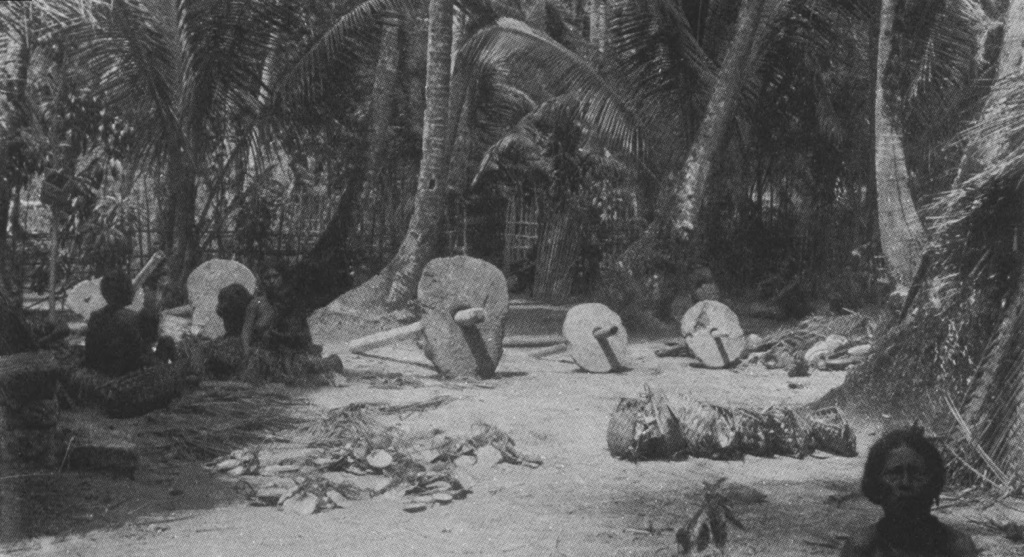
Historical Background of Money Stones Yap Island
The Rai stones of Yap Island have a rich history that dates back several centuries. The Yapese people likely started using them as currency around 500 AD. They quarried the limestone disks from Palau, an island 400 miles away. The stones were then transported back to Yap on bamboo rafts, navigating the open ocean. This journey was perilous and required skilled sailors. The stones’ arrival on Yap signified wealth and status for those who possessed them.
David Dean O’Keefe, a 19th-century Irish-American sea captain, became associated with the stones. He facilitated their transport using more modern methods. This increased the number of stones on the island and thus had an impact on the local economy. The stones were integral to Yapese culture, used in important social transactions such as marriage, inheritance, and alliances between villages.
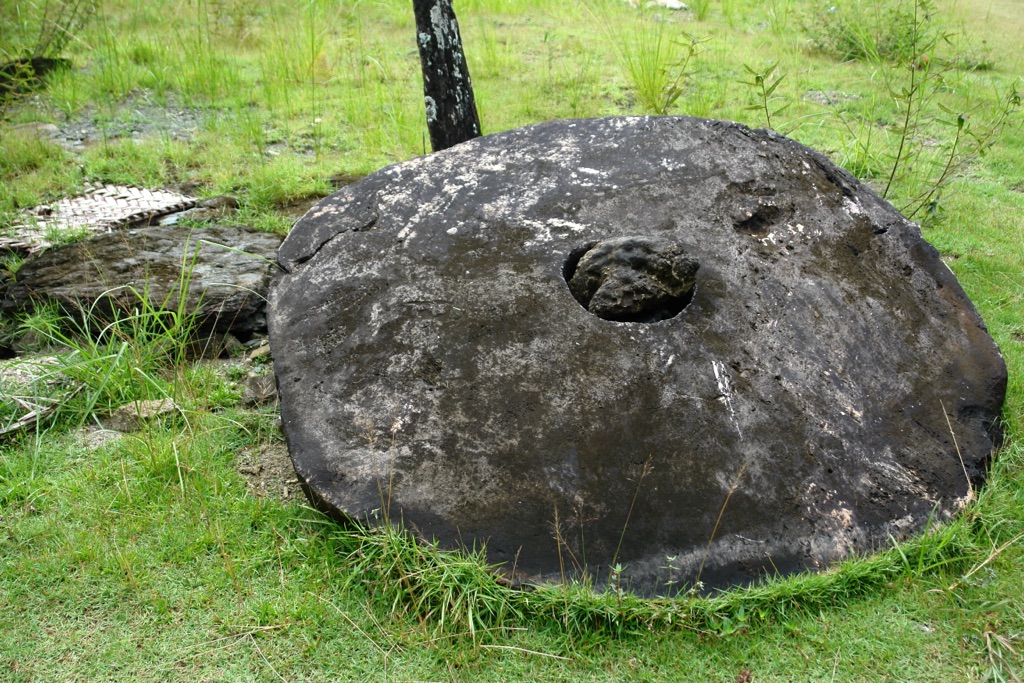
Despite their size, the stones were rarely moved after being placed. Instead, ownership was transferred through oral agreement in the presence of witnesses. The history of each stone was well-known among the community, adding to its value. The Rai stones are unique because they represent a form of money that is both physical and abstract. Their worth is tied to their narrative as much as to their physical presence.
While the use of Rai stones as currency has declined, they remain a symbol of Yapese culture and heritage. They are still owned and exchanged for traditional purposes, though more modern forms of currency have taken precedence for everyday transactions. The stones stand as a testament to the island’s history and the ingenuity of its people.
The historical significance of the Money Stones is not limited to their economic role. They also played a part in the social and political structure of Yapese society. The distribution and ownership of the stones reflected the island’s power dynamics. They are a fascinating example of how non-Western societies have conceptualized and used currency.
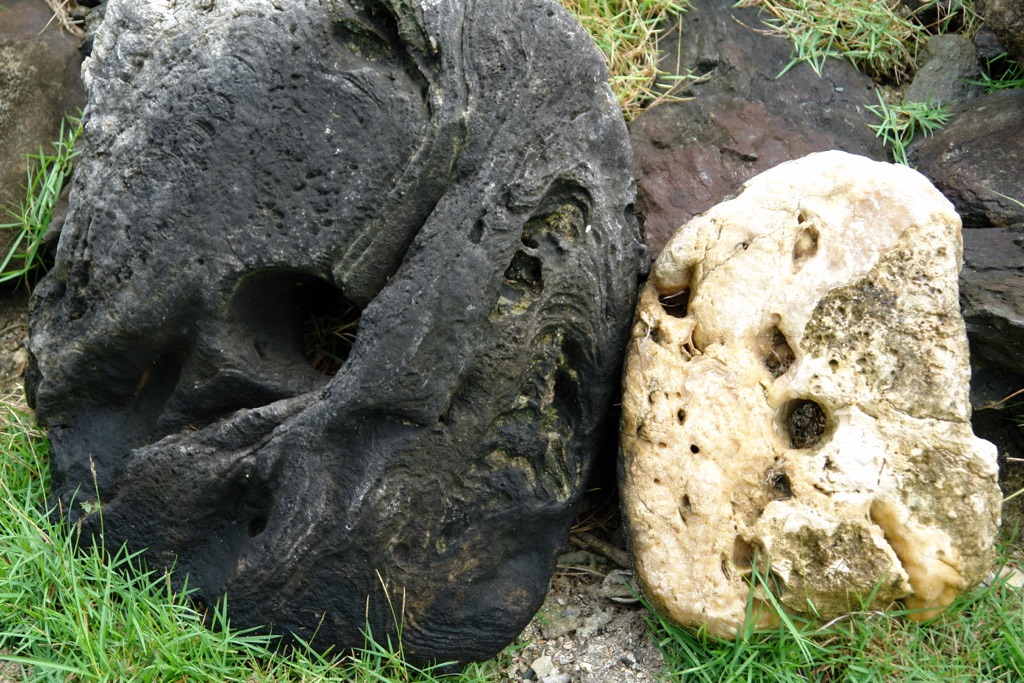
About Money Stones Yap Island
The Money Stones, or Rai stones, are limestone disks carved out of calcite. They come from quarries in Palau and other Micronesian islands. The stones vary greatly in size, with the smallest being just a few centimeters in diameter. The largest can be over 3.6 meters (12 feet) wide and weigh several tons.
The process of making a Rai stone involved carving out a rough disk shape from limestone. Craftsmen would then use tools to create the distinctive hole in the center. This hole allowed the stones to be transported more easily, as logs could be inserted to roll the stones or to lift them onto rafts for transport.
The appearance of the stones is simple yet striking. They are smooth, with a polished surface that gleams in the sunlight. The sheer size of the larger stones is awe-inspiring, and it’s easy to understand why they would be seen as valuable. The craftsmanship required to create and transport these stones is a testament to the skill and determination of the Yapese people.
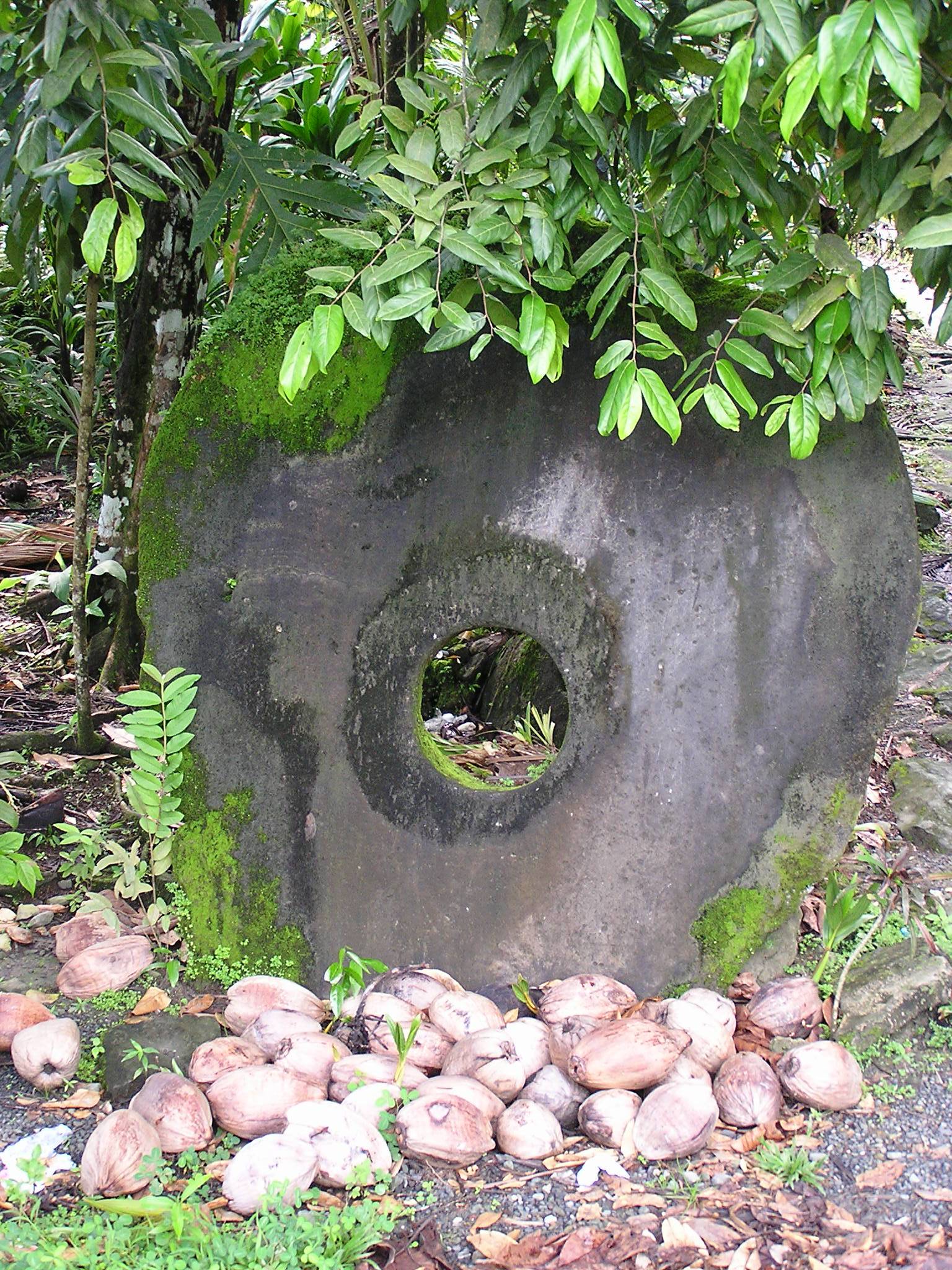
While the stones were used as currency, they were not traded in the same way as coins or notes in other cultures. Instead, their value was based on several factors. These included the stone’s size, the difficulty of its journey to Yap, and its history. A stone that had caused fatalities during its transport, for example, would be more valuable than one that had arrived without incident.
Today, many of the stones are found lying around the island of Yap, some in the villages and others in more remote areas. They continue to be a source of pride for the Yapese people. The stones are a physical reminder of the island’s past and the unique cultural practices that have survived to this day.
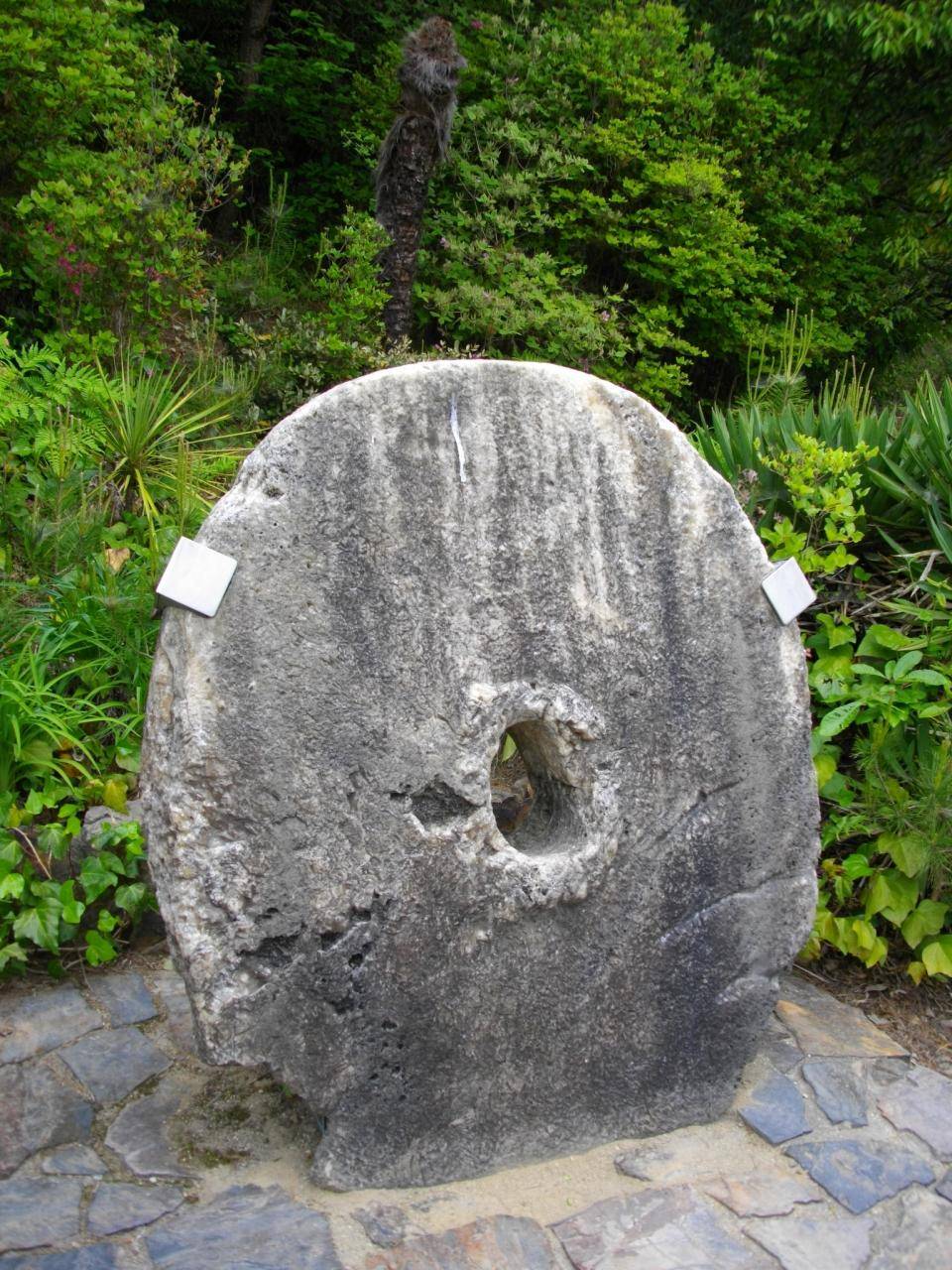
Theories and Interpretations
It’s believed that the stones functioned as a form of social currency, strengthening community ties and social cohesion. They were used in important social transactions, which helped to bind the community together.
The stones were also a way to display wealth and status. Because they were difficult to obtain and transport, owning a Rai stone signified power and influence. This is similar to how owning expensive items in other cultures can signify wealth, such as a sports car or designer clothing.
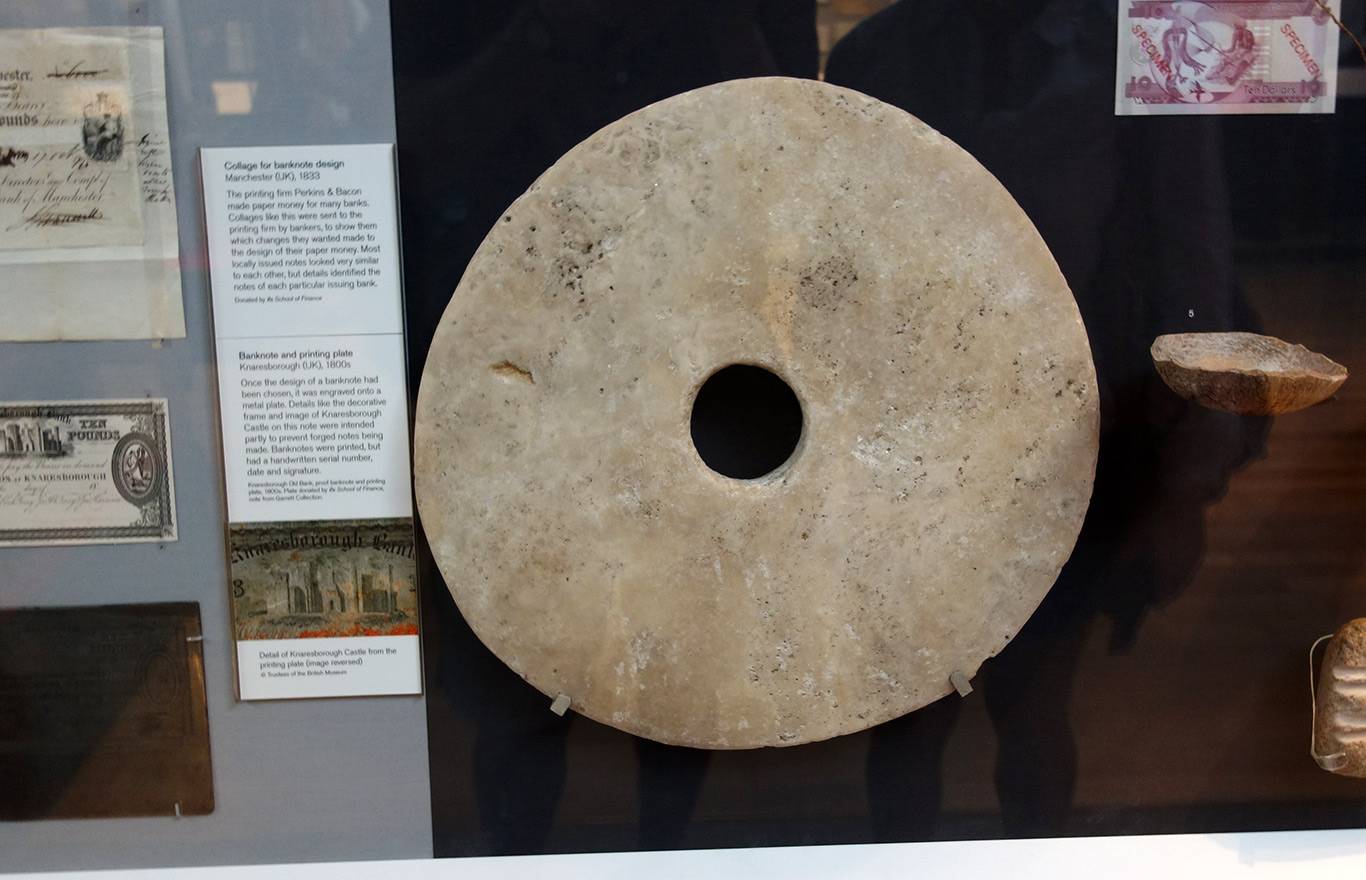
Some mysteries surround the Money Stones, such as the exact reasons for their initial creation. While they were used as currency, it’s unclear if this was their intended purpose from the start. The stones may have had religious or cultural significance that later evolved into an economic role.
Historians and archaeologists have used various methods to date the stones and understand their history. Analysis of the stone’s quarry sites have provided insights into their age and the techniques used to create them. These studies have helped to piece together the story of the Rai stones and their place in Yapese culture.
The Money Stones of Yap Island continue to fascinate researchers and visitors alike. They challenge our understanding of money and value. They also provide a window into the complex social and economic systems of the Yapese people.
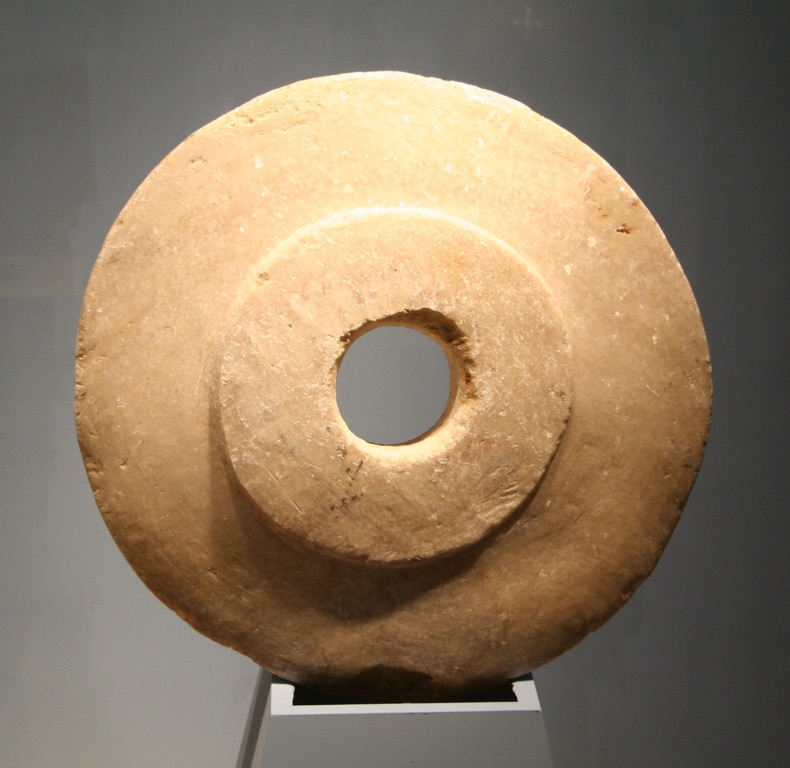
At a glance
- Country: Federated States of Micronesia
- Civilization: Yapese
- Age: Use as currency began around 500 AD
Conclusion and Sources
- Wikipedia: https://en.wikipedia.org/wiki/Rai_stones

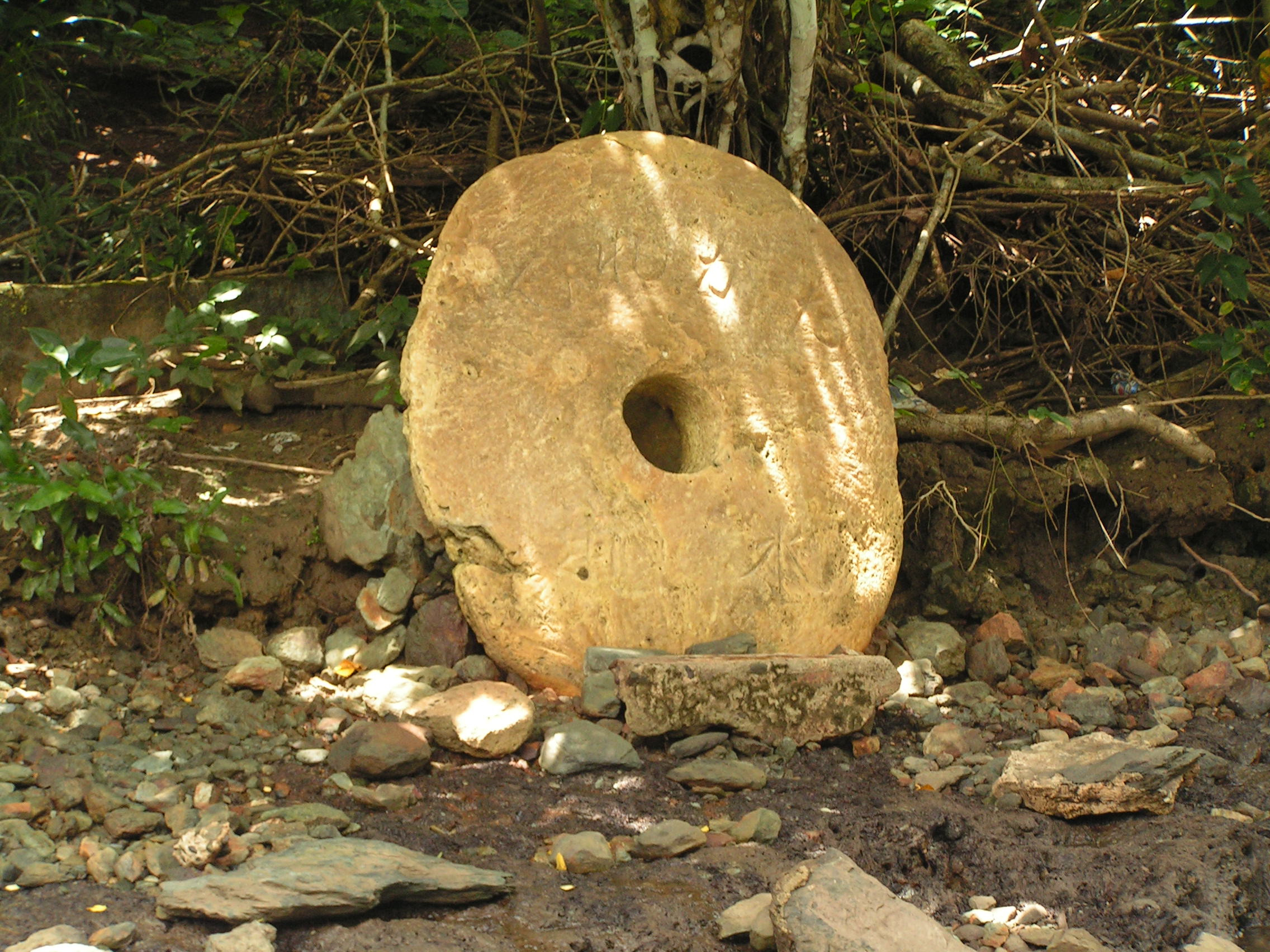
What are the stories these stones are telling???